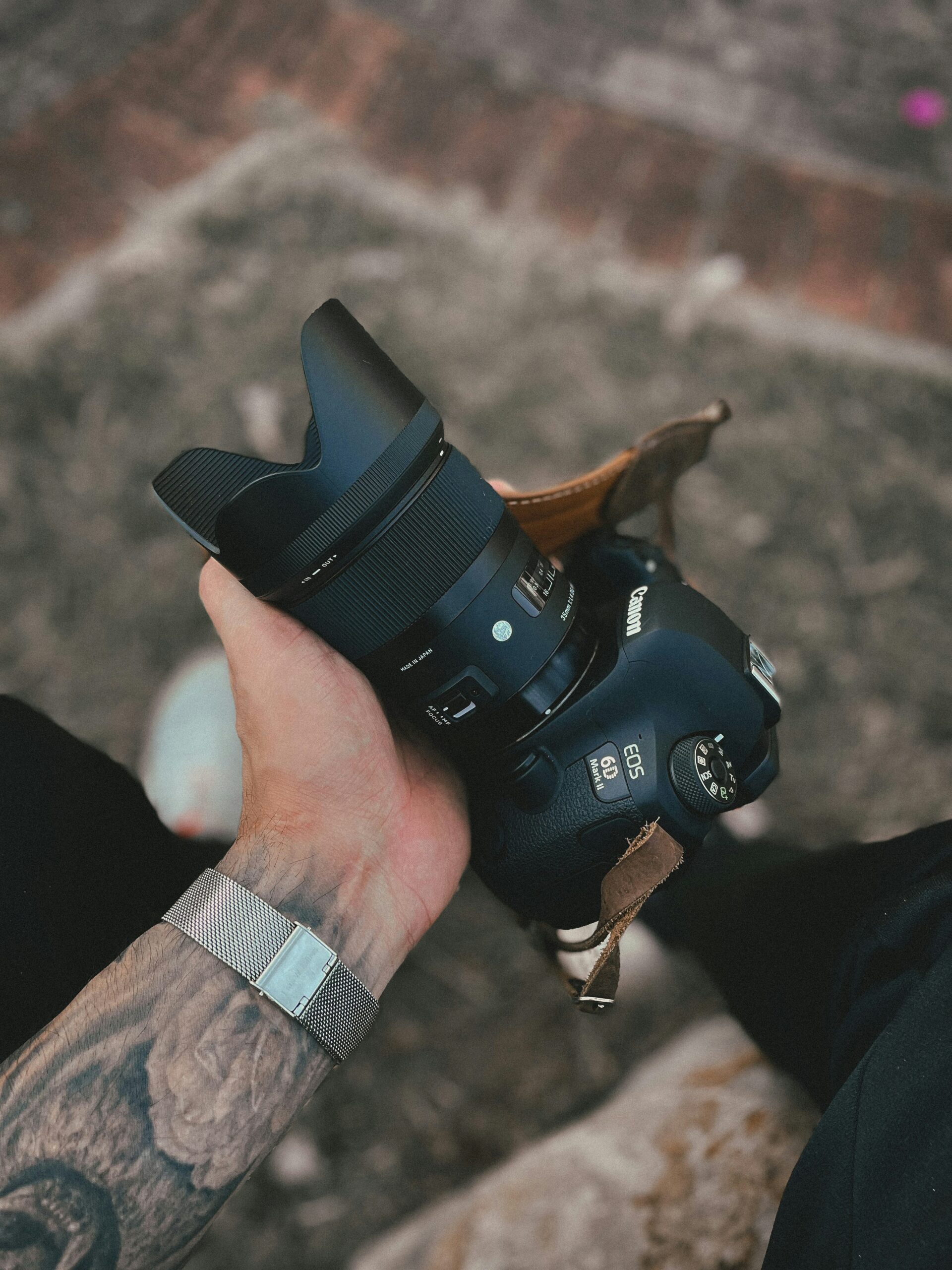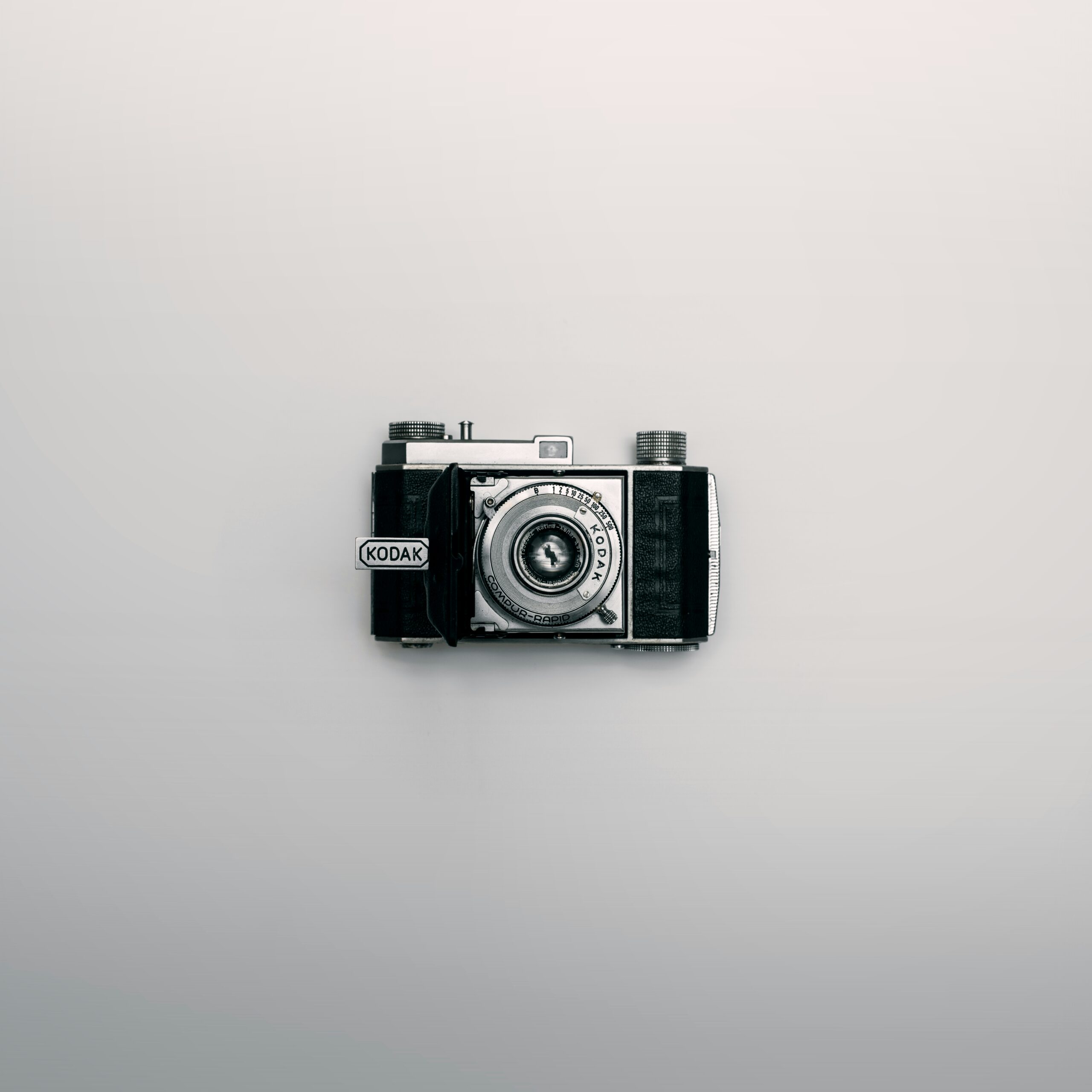Have you ever wondered what exactly the focal length is when you come across the term “10x optical zoom”? Well, in this article, we will demystify the concept for you. By understanding the relationship between focal length and optical zoom, you will gain a clearer idea of what exactly that 10x zoom capability means for your camera. So, sit back, relax, and let’s embark on this journey of unraveling the mysteries behind the numbers.

Understanding Focal Length
Focal length is a fundamental concept in photography that refers to the distance between the camera’s lens and the image sensor. It determines the angle of view and the magnification of the subject. In simpler terms, focal length describes how much a lens can ‘zoom in’ or ‘zoom out’ to capture a scene.
Definition of Focal Length
Focal length is typically measured in millimeters (mm) and is represented as a single value. It directly influences the perspective of an image and how the subject appears in relation to the background. A shorter focal length, such as 18mm, captures a wider area, while a longer focal length, like 200mm, magnifies distant objects.
Importance of Focal Length in Photography
Understanding focal length is crucial for photographers as it greatly impacts the composition and storytelling of an image. By choosing the appropriate focal length, you can emphasize or minimize certain elements within the frame and create different visual effects. Focal length influences how much of the scene you can capture and how prominent the subject will be.
How Focal Length Affects Composition
Focal length plays a significant role in composition by altering the perspective and framing of an image. Wide-angle lenses with short focal lengths, such as 24mm, capture a wider field of view, making them ideal for landscapes or architectural shots. They exaggerate the distance between objects, resulting in a sense of depth.
On the other hand, longer focal lengths, such as 85mm or 200mm, compress the scene, making the subject appear closer and the background more flattened. This compression effect is often used in portrait photography to create a pleasing separation between the subject and the background.
Introduction to Zoom
Zoom refers to the capability of a camera or lens to adjust the focal length, enabling photographers to magnify or shorten the perceived distance to the subject. It provides flexibility in composing shots without physically moving closer or farther away from the subject.
Definition of Zoom
Zoom is a lens feature that allows adjusting the focal length within a certain range, giving photographers control over the magnification of the subject. It negates the need to change lenses or physically reposition oneself while shooting, offering convenience and versatility.
Types of Zoom: Optical and Digital
There are two types of zoom commonly found in cameras: optical zoom and digital zoom.
Optical zoom refers to the physical adjustment of the focal length using lens optics. It maintains image quality as it magnifies the subject by adjusting the physical lens elements.
Digital zoom, on the other hand, simulates the effect of zooming by digitally cropping and magnifying the image captured by the camera’s sensor. Since it relies on software interpolation, it can result in a loss of image quality and reduced resolution.
Role of Zoom in Photography
Zoom is an essential tool for photographers as it enables them to frame the subject according to their creative vision. It allows for flexibility in various genres of photography, from capturing dynamic wildlife scenes to zooming in on intricate details in macro photography. Zoom gives photographers the ability to adapt to different shooting situations and perspectives without compromising image quality.
Detailed Overview of Optical Zoom
Optical zoom is a valuable feature found in many cameras and lenses, providing a mechanical adjustment of the focal length.
What is Optical Zoom
Optical zoom refers to the physical adjustment of the camera lens, which alters the focal length and changes the magnification of the subject. It allows for true optical enlargement and maintains image quality even when zooming in or out.
Working Principle of Optical Zoom
Optical zoom operates by physically shifting lens elements within the camera lens. As you adjust the zoom control, the lens elements move closer or farther away, changing the focal length and adjusting the magnification of the subject. This mechanical adjustment allows for a smooth transition between different magnification levels.
Benefits and Limitations of Optical Zoom
One of the significant advantages of optical zoom is its ability to maintain image quality throughout the zoom range. Since it adjusts the physical lens elements, it captures the subject’s details without sacrificing resolution.
However, it’s important to note that optical zoom has its limitations. The range of optical zoom is limited by the lens design, so the maximum zoom level depends on the specific lens or camera. Additionally, optical zoom can make the camera or lens bulkier and heavier compared to fixed focal length lenses or digital zoom.
Understanding the Concept of 10x Optical Zoom
10x optical zoom is a term often mentioned in camera specifications and refers to the level of magnification the lens can achieve.
What Does 10x Optical Zoom Mean?
10x optical zoom means that the lens can magnify the subject up to ten times the focal length of the lens at its widest zoom level. For example, if the camera lens has a focal length of 24mm, the maximum zoom level would reach 240mm (24mm x 10).
How is 10x Zoom Calculated?
To calculate the 10x zoom level, simply multiply the lens’s widest focal length by 10. This provides the maximum magnification the lens can achieve.
Implications of 10x Optical Zoom in Photography
10x optical zoom offers a versatile range of magnification, allowing photographers to capture distant subjects with clarity and detail. It provides the flexibility to bring faraway objects closer without compromising image quality. This makes 10x optical zoom particularly useful for various genres, such as wildlife photography, where capturing animals from a distance is essential.

Difference between Optical Zoom and Digital Zoom
While both optical zoom and digital zoom aim to magnify the subject, there are significant differences between them in terms of image quality and how they achieve zoom.
Contrasting Optical Zoom to Digital Zoom
Optical zoom uses physical lens elements to adjust focal length and magnify the subject optically, ensuring little to no loss in image quality. Digital zoom, on the other hand, relies on software interpolation and digital cropping to increase the size of the captured image. This results in a loss of image quality and reduced resolution.
How Image Quality is Affected
When using digital zoom, the camera essentially crops the image and artificially enlarges it, which leads to a decrease in image resolution and detail. The enlargement process can introduce noise, reduce color accuracy, and result in a pixelated appearance. In contrast, optical zoom maintains image quality as it adjusts the physical lens elements to magnify the subject.
Choosing between Optical Zoom and Digital Zoom
In most cases, it is recommended to use optical zoom whenever possible to ensure the best image quality. Optical zoom captures clear and detailed images without the loss of resolution that digital zoom can introduce. However, if optical zoom is not available or the subject is beyond the range of optical zoom, digital zoom may be used sparingly, keeping in mind the potential decrease in image quality.
Focal Length and Zoom: Making the Connection
Zoom and focal length are interrelated concepts in photography, as zooming adjusts the focal length and magnification of the subject.
How Zoom Changes Focal Length
Zooming alters the focal length by mechanically adjusting the position of lens elements within the camera lens. As you control the zoom, the lens elements move to tweak the focal length, either increasing or decreasing the magnification of the subject.
Effects of Changing Focal Length on Image Composition
Changing the focal length through zooming has a direct impact on image composition. Wide-angle focal lengths, such as 18mm, capture a broader scene, resulting in more background inclusion and a greater sense of depth. Longer focal lengths, such as 200mm, narrow the angle of view and compress the scene, making the background appear closer to the subject and creating a shallower depth of field.
Photographers can utilize different focal lengths to alter the composition of their images, adjusting the emphasis on certain elements within the frame and creating unique visual effects.

Impact of Focal Length on Depth of Field
Depth of field refers to the range of distance within which objects appear acceptably sharp in an image. Focal length significantly influences the depth of field in a photograph.
Definition of Depth of Field
Depth of field is the area in front of and behind the focused subject that appears sharp in an image. It is affected by various factors, including aperture, distance to the subject, and focal length.
How Focal Length Affects Depth of Field
Focal length plays a vital role in determining the depth of field. Shorter focal lengths, such as wide-angle lenses, have a greater depth of field, meaning more of the scene appears in focus. Longer focal lengths, such as telephoto lenses, have a shallower depth of field, resulting in a more pronounced background blur and subject isolation.
Practical Examples of Focal Length Impact on Depth of Field
To illustrate the impact of focal length on depth of field, imagine taking a portrait with a wide-angle lens at 24mm and a telephoto lens at 200mm. The wide-angle lens will have a deeper depth of field, keeping more of the background in focus. Conversely, the telephoto lens will provide a shallower depth of field, allowing for a more blurred background that brings attention to the subject.
Photographers can use this understanding of focal length and depth of field to create visually compelling images, whether by capturing sweeping landscapes or isolating subjects with a pleasing background blur.
Using 10x Optical Zoom in Different Photography Situations
The versatility of 10x optical zoom makes it suitable for various photography genres, enabling photographers to capture stunning images in different situations.
10x Optical Zoom in Landscape Photography
In landscape photography, 10x optical zoom allows photographers to capture distant mountains, coastlines, and vast expanses with clarity. It enables the isolation of specific elements within the landscape, such as a particular tree or an interesting rock formation, while still maintaining the overall context of the scene.
Portrait Photography with 10x Optical Zoom
10x optical zoom can also be beneficial in portrait photography, especially when shooting in outdoor environments or during events where it may not be possible to physically move closer to the subjects. It allows photographers to create intimate and detailed portraits of individuals from a distance, capturing subtle facial expressions and emotions.
10x Optical Zoom in Wildlife Photography
Wildlife photography often requires maintaining a safe distance from animals to avoid disturbing their natural behavior. With 10x optical zoom, photographers can observe and capture wildlife from a respectful distance, minimizing the risk of interfering with the subjects. It offers an opportunity to photograph elusive animals or birds without encroaching on their habitat.
Choosing the Right Lens for 10x Optical Zoom
Selecting the appropriate lens for 10x optical zoom depends on various factors, including personal preferences, shooting style, and budget.
Factors to Consider in Lens Selection
When choosing a lens for 10x optical zoom, it is essential to consider factors such as image quality, maximum aperture, and budget. Opt for lenses that offer good sharpness throughout the zoom range and have a wide maximum aperture if low-light performance is crucial. Additionally, consider the weight and size of the lens, especially if mobility is a priority.
Popular Lens Choices for 10x Optical Zoom
Several lens options offer 10x optical zoom while maintaining excellent image quality. Some popular choices include telephoto zoom lenses with focal lengths ranging from 70-200mm or 100-400mm. These lenses provide a wide range of magnification levels suitable for various photography genres, including sports, wildlife, and portraiture.
Understanding Lens Specifications
When reviewing lens specifications, pay attention to the maximum aperture, image stabilization capabilities, and lens construction. These factors can greatly impact the lens’s performance and usability, ensuring that it suits your photography needs and achieves the desired image quality.
Tips and Tricks for Using 10x Optical Zoom
To make the most out of 10x optical zoom and enhance your photography experience, consider the following tips and tricks:
Achieving Sharp Images
When using high magnification, stability becomes crucial for capturing sharp images. Use a tripod or stabilize the camera with proper hand-holding techniques to minimize camera shake. Additionally, consider using image stabilization features, whether in-camera or lens-based, to further improve stability.
Avoiding Camera Shake with High Zoom
Camera shake becomes more noticeable at higher zoom levels, especially when shooting handheld. To avoid excessive camera shake, use a faster shutter speed or increase the ISO sensitivity to maintain a stable shot. Alternatively, consider using a remote shutter release or the camera’s self-timer function to minimize shake caused by pressing the shutter button.
Creative Use of 10x Optical Zoom
Experiment with different focal lengths within the 10x optical zoom range to explore creative compositions and perspectives. Zoom in to capture intricate details or zoom out to capture expansive scenes. Take advantage of the versatility of 10x optical zoom to portray your subjects in unique and visually engaging ways.
In conclusion, understanding focal length and zoom is essential for photographers to create impactful and well-composed images. The ability to adjust focal length through zooming provides photographers with the flexibility to capture various subjects and scenes. Whether using 10x optical zoom or a different magnification level, photographers can leverage the power of focal length and zoom to unleash their creativity and effectively communicate their visual stories.

